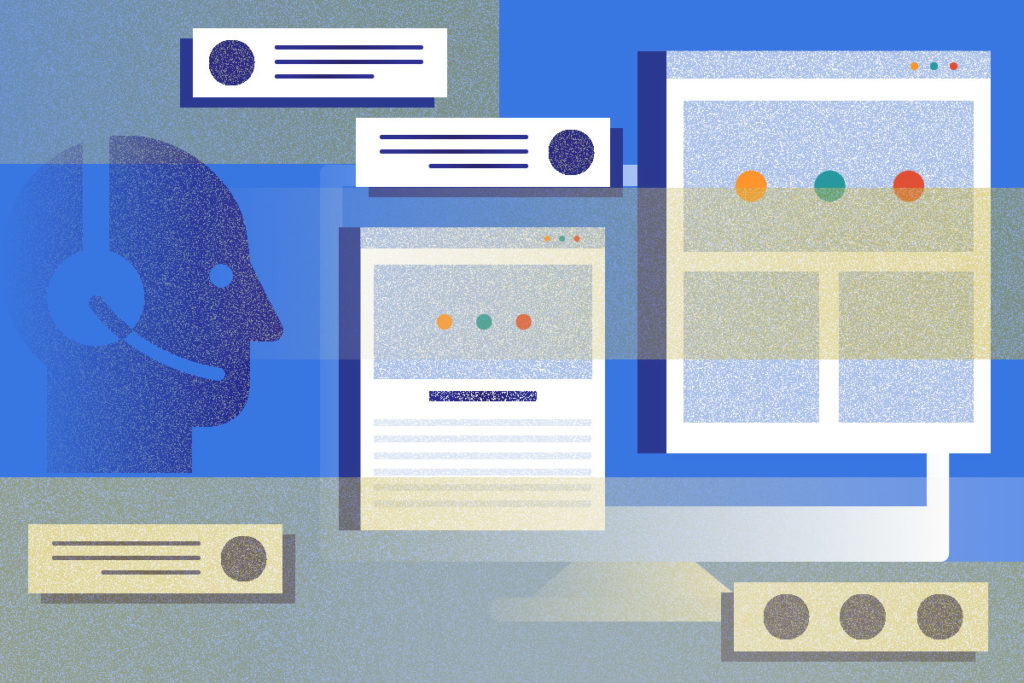In any company, information about product features and capabilities is fundamental to a wide range of business processes. Sales teams need up-to-date product information to sell effectively, for example, and support and service reps need to understand product specifications in order to deliver value to the customer. But making this information widely available to employees can be tough; employees may not know where to look for answers. Even if they do know where to look, they can have a hard time remembering their login information for the app that houses the information, or sorting through an extensive knowledge base to find the most relevant content.
The world’s #1 cyber exposure and vulnerability management company faced exactly this situation. At the company, product information, like information on compliance or features, is stored in a Salesforce knowledge base, as well as in Confluence, JIRA, and Sharepoint. Because the information exists in different places—and because some of the information is highly technical—it was sometimes difficult for employees to find the most useful content quickly. Not only did this cause delays in many business processed, but it also often meant that employees chose to ask for help from Subject Matter Experts (SMEs) rather than self-servicing.
Leveraging Slack and Natural Language Processing to Promote Self-Service
To solve this problem, the company used Workato to create an automated, bot-based workflow that allows employees to query the knowledge base and be served relevant articles—all without leaving Slack. Using Workbot for Slack, employees can ask for help on a wide range of topics. The bot will fetch the most relevant results from other apps and display them in the chat app. Employees can then preview the results directly from Slack, reducing the amount of context-switching required to find an answer.
Because the workflow uses a Natural Language Processing (NLP) engine to parse these requests, employees can ask for help in everyday English. If Workbot can’t find any relevant information, the bot will refer the user to the right SME by posting the question—along with the employee’s Slack handle—in a dedicated expert channel.
To optimize the self-service process, Workbot also collects feedback from users about whether the information provided was useful. Employees can give each result either a “thumbs up” or a “thumbs down” in Slack. Eventually, the workflow will involve an artificial intelligence (AI) component that will actively learn from this feedback, so the workflow can provide the most accurate results every time.
This workflow can also be initiated via email by sending a message with the query in the subject line. Just like in the bot-based workflow, they will receive a response listing several relevant helpdesk articles. The employee can view each response and rate them; if none are helpful, click on “Contact expert.” The request is then forwarded to an SME email alias.
This workflow significantly increases the likelihood that employees will self-service by making relevant information easy to access where employees spend most of their time: Slack and email. Employees also get answers right away, rather than having to wait for expert help, which increases productivity for both the product team and departments such as sales. Initial results indicate that this workflow has reduced SME requests by 30%, and because it is an intelligent automation, this number will increase to 90% as the workflow learns to provide smarter answers.
Related: Why (and how) you should use an enterprise automation platform as your SOAR solution
Tweak It: Creating an Intelligent Helpdesk with ServiceNow
The world’s largest financial software company uses a version of this workflow to make it easier for employees to access crucial helpdesk content from ServiceNow. The company’s IT team is the first line of response when any software or office hardware breaks, so they can spend a lot of time interfacing with other employees, answering their questions, and troubleshooting problems. There are approximately 60,000 tickets filed a year and they all were being handled manually.
To help deal with such a high volume of requests, the IT team maintains a ServiceNow repository full of useful articles that can help employees troubleshoot on their own. But for non-technical workers, it can be difficult to find the most relevant content—so the company created an automated self-service solution with Workbot to ease the burden.
For example, if an employee encounters a problem with their computer’s speakers, she can simply send a message via Slack: “My laptop speakers are broken!” With AI and ML, Workbot can effectively guide the employee through a series of clarifying questions—such as “What operating system do you use?” and “What laptop model do you have?”. If the workflow fails to resolve the issue, Workbot will automatically file a ServiceNow ticket about the problem.
This automation has made IT more effective according to several key metrics. Most notably, it has reduced IT’s workload by 25%! Overall, the automation improves user satisfaction by allowing prompt, easy access to relevant knowledge base material—so everyone can be more productive.”

